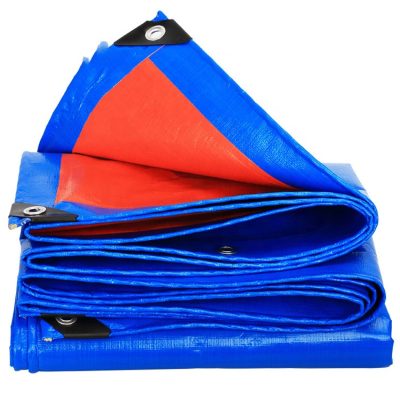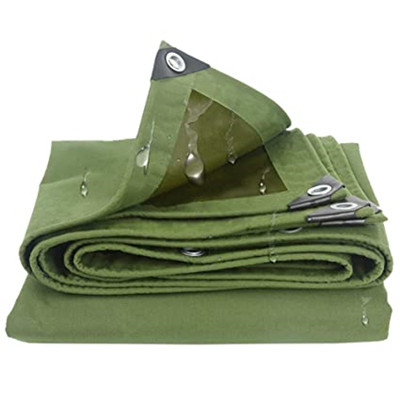Tarpaulin tarps can indeed be a gardener’s best friend, offering a wide range of practical uses in the garden. Gardeners often find tarps to be invaluable tools for various tasks and projects. Here are several ways in which tarpaulin tarps can assist gardeners:
- Weed Control: Lay a tarpaulin on the ground to smother weeds and prevent them from growing. This is especially useful in preparing a garden bed or for creating weed-free pathways.
- Soil Protection: Use a tarp to cover exposed soil during heavy rains or the winter season to prevent erosion and soil degradation.
- Composting: Tarps can be used to cover compost piles, helping to retain moisture and heat. They also keep pests and rodents away from the compost.
- Seed Starting: Create a mini-greenhouse effect by placing a tarp over a garden bed or seedling trays to protect young plants from frost and cold temperatures.
- Mulching: Spread a tarp over garden beds to apply mulch evenly and efficiently. This helps retain soil moisture and control weed growth.
- Transporting and Storing Tools: Use tarps to cover and protect gardening tools, equipment, and supplies from the elements when not in use.
- Fruit Tree Harvesting: Place a tarp under fruit-bearing trees to catch falling fruits. This makes it easier to collect and prevents fruit from getting damaged.
- Shade and Sun Protection: Erect a tarpaulin canopy to provide shade for delicate plants during hot summer days or to protect them from excessive sunlight.
- Rainwater Collection: Set up tarps to funnel rainwater into a collection container or rain barrel for garden irrigation.
- Seasonal Garden Clean-Up: After pruning or clearing your garden for the season, use a tarp to gather and transport debris to your compost pile or disposal area.
- Plant Transportation: When transplanting or moving plants, wrap their root balls in a tarp for easy transport without damaging the plants or making a mess.
- Pest Management: Use tarps to cover crops vulnerable to bird or insect damage, allowing you to protect your harvest without the use of chemicals.
- Outdoor Work Area: Lay a tarp on the ground to create a clean and dry workspace for potting, transplanting, or other gardening tasks.
- Garden Furniture and Equipment Protection: Cover garden furniture, grills, or other outdoor equipment during the off-season to prolong their lifespan.
- Emergency Frost Protection: In unexpected late-season frosts, quickly drape tarps over delicate plants to provide temporary protection.
Choosing the right size and type of tarpaulin for your gardening needs is essential. Additionally, proper storage and care of your tarps, such as keeping them clean and dry when not in use, will extend their lifespan and make them even more valuable in your gardening endeavors.


















